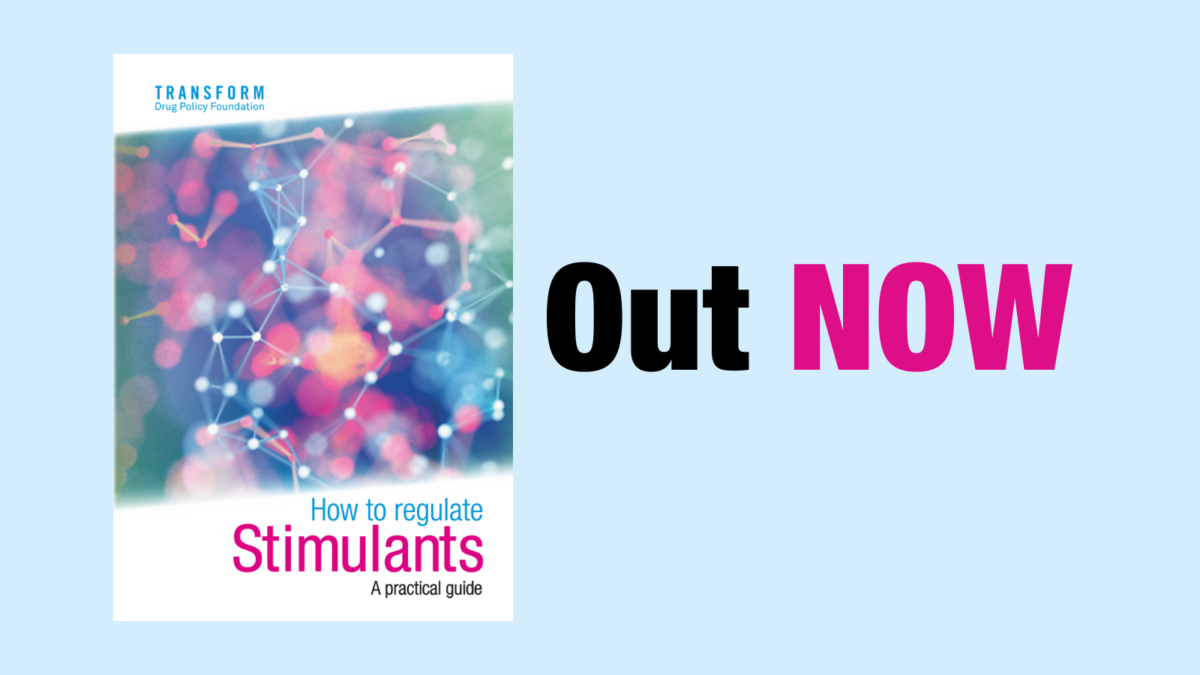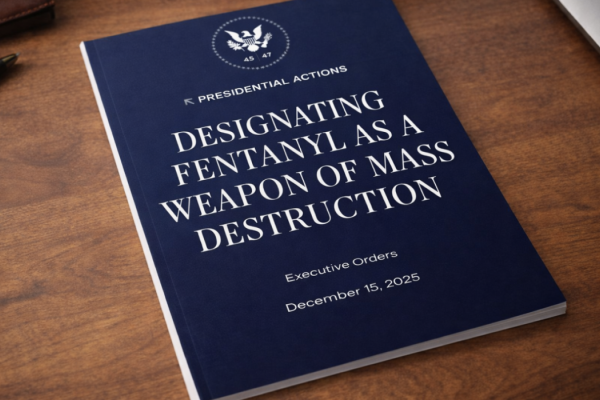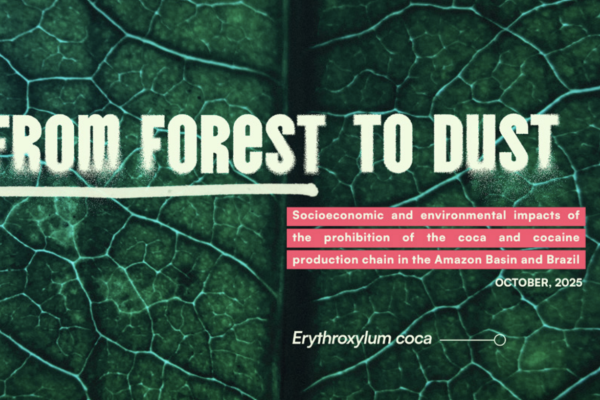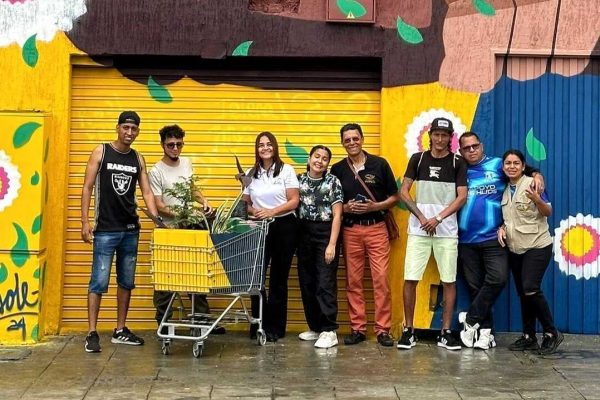19th November 2020
How to regulate stimulants: a practical guide, is available in print or free ebook download on our website
Despite years of criminalising people who produce, supply, or consume MDMA (ecstasy), the UK has a burgeoning £40 million illegal market with over 500,000 buyers. Crackdown after crackdown has failed to have a lasting impact on demand or supply, instead only creating a hostile environment for people who use MDMA, while leaving them at the whim of unregulated producers and suppliers. In the UK, MDMA-related deaths have risen for eight of the past ten years.
Once we accept that we can’t stop people accessing and using MDMA, we have to start planning how to make MDMA use safer. The fact that MDMA is illegal means it is often adulterated or mis-sold, and dosage is often unknown, unpredictable, or of unexpectedly high potency — a major driver of rising death rates. Over recent years, we have seen vital developments in drug safety testing, aimed at informing people of the contents and strength of drugs bought on the illegal market. Drug testing is necessary to save lives, but the responsibility shouldn’t be with consumers to ensure product safety. We don’t expect shoppers to manually test the alcohol volume of their gin — and, if we did, the health costs would be enormous.
In other markets, we acknowledge that the responsibility for ensuring quality control and product safety should be with the producer, not the consumer. We enforce rules on packaging to ensure that vital information on product contents and strength is freely available for consumers, not something they have to ascertain themselves or guess at. Like it or not, the MDMA market exists. But at present, it is completely uncontrolled and we are leaving the responsibility, and the risk, with consumers. In Transform’s new book, How to regulate stimulants: a practical guide, we start to plan out what a legally regulated MDMA market would look like, and outline how it can promote public health and consumer safety.
Production
Under our model, a dedicated government Drug Regulatory Agency (DRA) would oversee production of MDMA, establishing clear rules on quality control, security and product transit. Rules on quality control would focus on ensuring the accuracy of product content and the absence of adulterants. Private companies would compete for contracts to produce MDMA, with production processes closely monitored by the DRA. The DRA would then supply these products to dedicated pharmacy-style retail outlets for sale to consumers.
Vendors and outlets
Presently, suppliers have no incentive to restrict sales to minors, while it is left to consumers to research the product for advice on safer consumption. It is also in the interest of suppliers to sell higher quantities of product than may be safe, or products where they are unsure of the actual contents. Under our regulation model, MDMA would only be sold from dedicated, pharmacy-style outlets operated by a government agency. Prices would be set directly by the DRA and could be easily adjusted if found to be too high, or too low. The outlets would be managed under a state monopoly retail model, reducing profit incentives and ensuring greater government control over how MDMA is sold.
Vendors would be trained professionals able to offer tailored health and harm reduction information, enforce rules preventing sales to underage or intoxicated consumers, and enforce purchase limits. All MDMA supplied to the outlets would be guaranteed by the DRA, so vendors could be confident of product quality and contents they sell to consumers.
Packaging
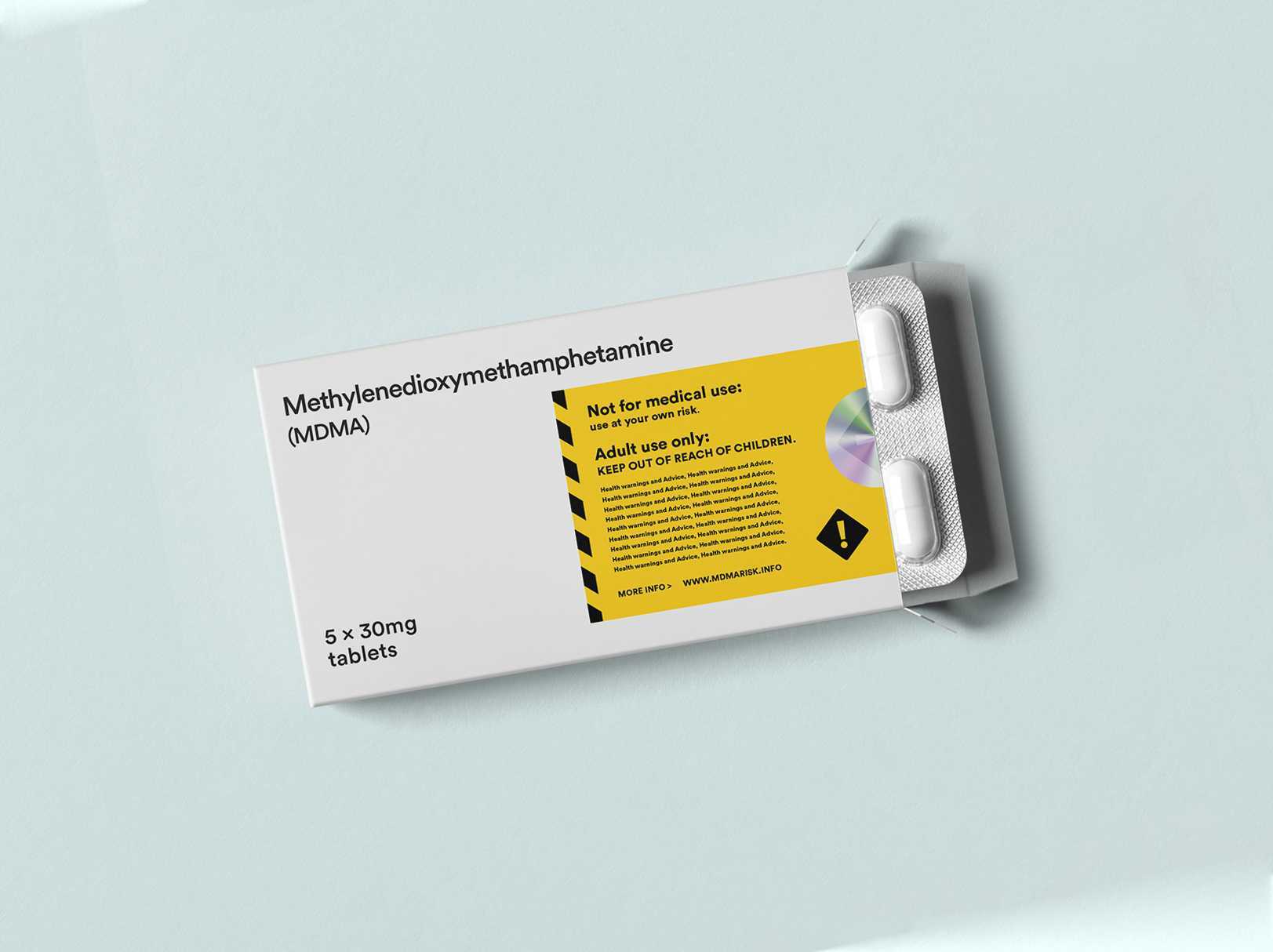
MDMA would only be available in plain, non-branded packaging to prevent the product appearing too appealing to consumers and encouraging consumption. There would be clear content labelling and information to ensure full consumer knowledge of the contents and strength of the product, combined with clear and prominent health warnings to make consumers aware of specific risks. More detailed health information would be contained on an insert within the packaging, and available on a web address outlined on the packaging, to encourage safer consumption.
Preparation
Inside the non-branded packaging, MDMA would be contained in blister packs of 4-5 30 milligram pills in bar-form that could easily be halved into clearly delineated 15 milligram units. This would ensure that consumers can accurately measure how much MDMA they are consuming, and are able to easily limit their dosage where desired. By limiting the total MDMA content to 150 milligrams per packet, the risk of overconsumption is dramatically reduced.
The model that we propose for regulating MDMA is by no means the only one. However, it is clear that so long as MDMA is illegal, consumers will remain at the whim of unregulated production and sales practices. We wrote our new book, How to regulate stimulants: a practical guide, to open up necessary discussions on how policy reform for drugs like MDMA, cocaine and amphetamines can promote public health and human rights and, ultimately, save lives. The conversation on what this next, more humane, phase in drug policy should look like, is a vital one. This new book is our contribution to the conversation.
Transform's contribution to the debate on MDMA regulation comes amidst growing international interest. This has included the 2019 'Roadmaps to regulation: MDMA' report from the Beckley Foundation, proposals from the Schildower Kreis group in Germany, and most recently a detailed modelling exercise from a multidisciplinary expert group in the Netherlands. While the recommendations from these other initiatives differ in some details, it is reassuring to see that there is a high degree of alignment around broad regulatory principles. Exploring the details of how we regulate MDMA (and other drugs) is exactly where the debate needs to be.
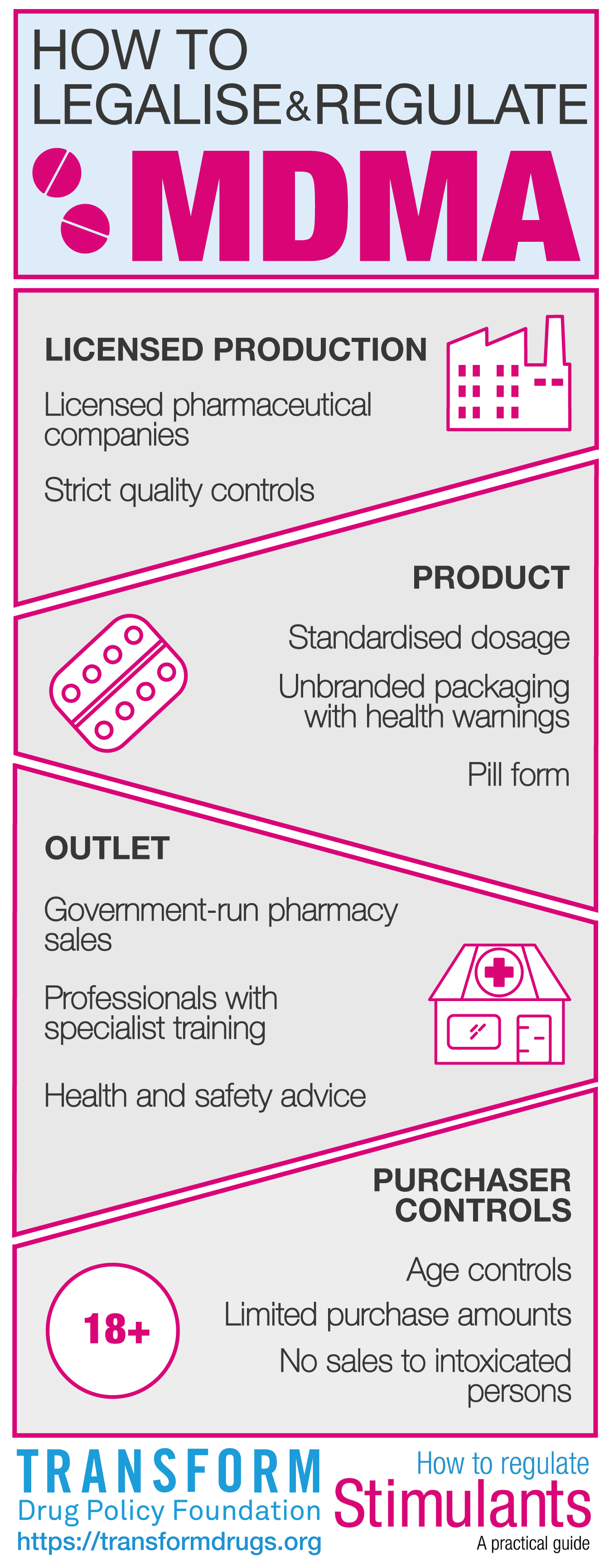
Author: Harvey Slade, Research and Policy Officer>
